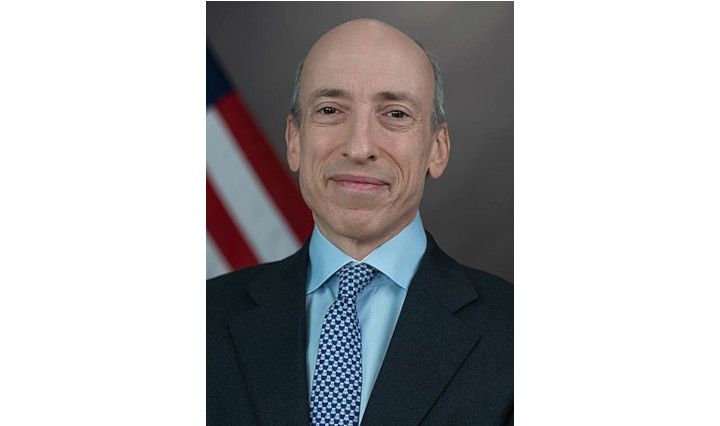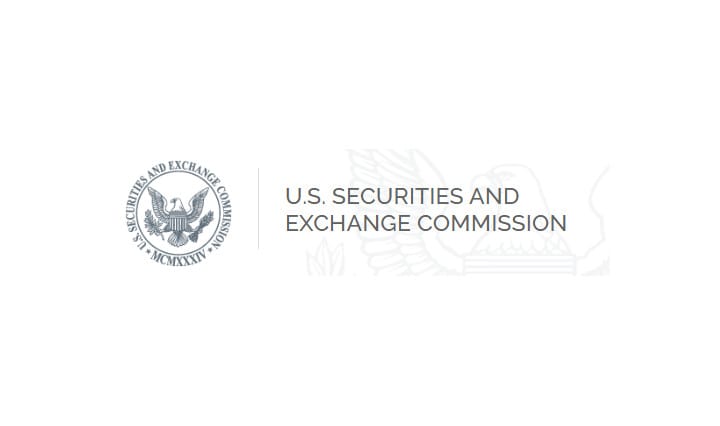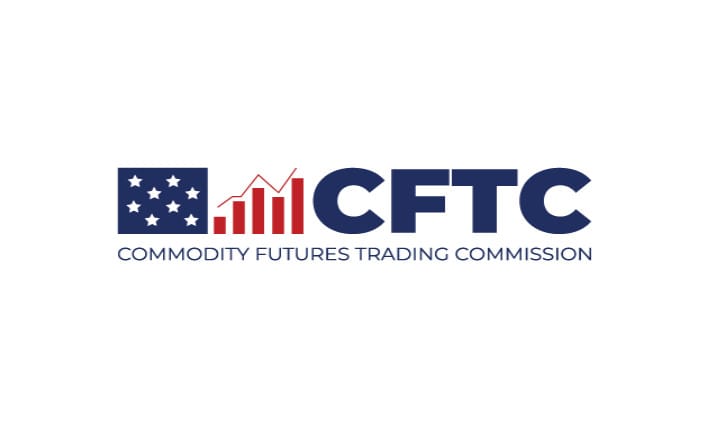SEC Chair Gary Gensler: "We have bank and nonbank intermediaries using leverage, particularly in the prime brokerage relationships, and when stress enters the system, the result can be instability."


Hello, I hope everyone is enjoying a wonderful Tuesday. I was reviewing Gary Gensler's remarks before SIFMA and found his use of personal anecdotes mixed in with the facts he was delivering, come off as a louder and louder alarms for something ahead.

Highlights:
You might ask—why has this guy given so many speeches, then and now, on the Treasury markets?
Foremost, it’s because the Treasury markets are the base upon which so much of our capital markets are built. They are integral to how the Federal Reserve conducts monetary policy. They are how we, as a government and taxpayers, raise money. We are the issuer.
Bank and Nonbank Intermediation:
When I started on Wall Street, the participants largely were commercial bank and investment bank dealers, many of which were primary dealers as well as many other nonbank dealers.
Between 1982 and 1985, a dozen nonbank Treasury dealers failed, including Drysdale Government Securities, Lombard-Wall, and E.S.M. Government Securities. These failures sent shudders not only through the Treasury markets but into the banking system. Congress responded in 1986 and passed the Government Securities Act, which provided the U.S. Department of the Treasury and the SEC with regulatory authorities for these markets.
As electronification of the markets has increased in the last 20 years, principal-trading firms as well as hedge funds have been participating to a greater degree. In 2019, principal-trading firms represented approximately 61 percent of the volume on the interdealer broker (IDB) platforms in the Treasury markets.
Leverage in the System:
Where are we today?
A May 2023 Federal Reserve Financial Stability Report noted that “hedge fund leverage remained elevated.”
As noted in the 2022 Financial Stability Oversight Council (FSOC) annual report, such leverage can create risks for financial stability.
Many hedge funds are receiving the vast majority of their repo financing in the non-centrally cleared market.
In a study of non-centrally cleared bilateral repo data collected in June 2022, the Office of Financial Research (OFR) said that 74 percent of pilot volume was transacted at zero haircut.
Needless to say, it’s not lost on any of us how leverage can lead to instability. I lived through one of those events. In 1998, Long-Term Capital Management (LTCM) was teetering when Treasury Secretary Bob Rubin sent me to Greenwich, Conn. It turns out, LTCM had approximately $1.2 trillion in derivatives and a $100-plus billion balance sheet backed by only $4-$5 billion of net asset value.
Jitters Over Time:
Part of the reason we’ve seen jitters is that these three characteristics are related. We have bank and nonbank intermediaries using leverage, particularly in the prime brokerage relationships, and when stress enters the system, the result can be instability.
We saw some of this again this year during the regional bank crisis in March of 2023. In fact, we saw once-in-a-generation volatility, particularly in the short end of the curve, that we hadn’t seen since the aftermath of the 1987 stock market crash. Though that 1987 crash related to the equity markets, it’s a reminder about how instability can come from leverage—in that case, leverage had built up in trades of stock futures versus underlying cash.
I recall that day in 1987 well. It was the day after my 30th birthday when the Dow fell nearly 23 percent. That afternoon, I was in a conference room at the Wall Street Journal meeting with the Dow Jones CEO at the time, Warren Phillips. Along with another investment banker, we were advising on a financial transaction. We were interrupted, as Mr. Phillips needed to make a decision about whether the Journal would run a two-column or full-banner headline to mark Black Monday (it ended up two columns).
Three years later, that other investment banker became a Treasury official. One of the first problems he had to contend with was Treasury market jitters emanating from the Salomon Brothers bid rigging scandal. That banker who became a Treasury official later became Chair of the Federal Reserve; he’s Jay Powell.
Muscle Memory and Interest Rates:
I’ll digress one more time back to when I started on Wall Street. I was just 21, and my folks came up for a visit. We walked around the firm—I was hoping my parents, neither of whom went to college, would be proud. My mom, Jane, looked concerned. She said, “Gary, I don’t think this is a career. I don’t see anyone over 40 in the whole place.”
I’ve recently been thinking of that story because, whether you are in New York, London, or Singapore, there aren’t that many people who were trading in the markets before the 2008 crisis and the intervening period of low interest rates and quantitative easing. In essence, there’s not much muscle memory predating 2008.
Reforms
In the last two and a half years, with Secretary Yellen’s guidance, there’s been a lot of collaboration between the Treasury, Federal Reserve, Federal Reserve Bank of New York, SEC, and Commodity Futures Trading Commission, as captured in the Inter-Agency Working Group Report released yesterday.
I’m going to focus on four of those initiatives.
Registration of Dealers:
First, following the 1986 Government Securities Act, rules were put in place to register government securities dealers. In the ensuing decades, numerous firms have registered with the SEC, but some market participants acting in a manner consistent with dealers have not.
To fill this regulatory gap, the SEC proposed rules that would further define a dealer and a government securities dealer. Market participants acting as de facto market makers in the business of providing liquidity in Treasuries or other securities would register with the SEC and comply with securities laws.
When dealers or government securities dealers register, they become subject to a variety of important laws and rules that help protect the public, promote market integrity, and facilitate capital formation.
Registration of Trading Platforms
Second, the Commission proposed rules to require platforms that provide marketplaces for Treasuries to register as broker-dealers and comply with Regulation ATS. Reflecting what I mentioned regarding the electronification of and other significant changes to platforms in recent decades, the proposal also would modernize the rules regarding the definition of an exchange.
This update would close a regulatory gap among platforms that act like exchanges but are not being regulated like exchanges.
Central Clearing
Third is our proposed rule to enhance central clearing. This is not a new topic. In fact, a 1969 Joint Treasury-Federal Reserve Study of the U.S. Government Securities Markets included a recommendation that: “Consideration should be sought in expanding clearing arrangements for U.S. Government securities.”
Clearinghouses came to the Treasury markets in 1986. By 2017, however, only 13 percent of Treasury cash transactions were fully centrally cleared. A Federal Reserve staff analysis of primary dealer repo and reverse repo transactions during the first half of 2022 found that “approximately 20 percent of all repo and 30 percent of reverse repo is centrally cleared via FICC.”
Reduced clearing increases system-wide risk. Currently, IDBs often are bringing just one side of the trade into central clearing if the counterparty is not also a member of the clearinghouse.
Thus, working along with Treasury and the Federal Reserve, we proposed rules to broaden the scope of transactions required to be brought into central clearing. Further, members of a clearinghouse no longer would be able to net their customers’ margin against their own proprietary trading (also known as the house’s trading).
Our proposal would require clearinghouses to ensure that their members clear all of their repo transactions, both sides of any cash trades executed on an IDB platform, and certain additional cash transactions.
Data Collection
Fourth, let me turn to data collection. After the 2008 crisis, Congress recognized it was important to have more transparency regarding private funds.
In 2011, along with the CFTC, we adopted rules on data collection from private funds, what’s known as Form PF. Ever since, Treasury, OFR, and the FSOC have had a better understanding of these markets.
Yet private funds have evolved significantly in the last 12 years. In May, the SEC finalized a rule requiring, for the first time, that large hedge fund and private equity fund advisers make current reports on certain events to the Commission.
We also have a joint proposal with the CFTC regarding Form PF updates, which would greatly enhance the view of the Commissions and FSOC into private funds’ leverage as well as provide a clearer picture of counterparties. I look forward to completing this project.
Further, in July, we adopted rules with regard to money markets, including amendments to Form N-MFP that will provide more granular information about money market fund activity in the repo market.
Before I close, I want to note the SEC recently adopted amendments to Rule 15b9-1 extending FINRA oversight to more broker-dealers. This will bring more data into the Trade Reporting and Compliance Engine (TRACE). I also am pleased by Treasury and FINRA’s ongoing efforts to enhance post-trade transparency in the Treasury markets, which the SEC is reviewing.

TLDRS:
SEC Chair Gary Gensler in remarks before SIMA today:
- "A May 2023 Federal Reserve Financial Stability Report noted that “hedge fund leverage remained elevated.”
- "As noted in the 2022 Financial Stability Oversight Council (FSOC) annual report, such leverage can create risks for financial stability."
- "Many hedge funds are receiving the vast majority of their repo financing in the non-centrally cleared market."
- "In a study of non-centrally cleared bilateral repo data collected in June 2022, the Office of Financial Research (OFR) said that 74 percent of pilot volume was transacted at zero haircut."
- "We have bank and nonbank intermediaries using leverage, particularly in the prime brokerage relationships, and when stress enters the system, the result can be instability."
- "We saw some of this again this year during the regional bank crisis in March of 2023. In fact, we saw once-in-a-generation volatility, particularly in the short end of the curve, that we hadn’t seen since the aftermath of the 1987 stock market crash."
- "I’ve recently been thinking of that story because, whether you are in New York, London, or Singapore, there aren’t that many people who were trading in the markets before the 2008 crisis and the intervening period of low interest rates and quantitative easing. In essence, there’s not much muscle memory predating 2008."
- "Rules were put in place to register government securities dealers. In the ensuing decades, numerous firms have registered with the SEC, but some market participants acting in a manner consistent with dealers have not."
- "To fill this regulatory gap, the SEC proposed rules that would further define a dealer and a government securities dealer. Market participants acting as de facto market makers in the business of providing liquidity in Treasuries or other securities would register with the SEC and comply with securities laws."
- "When dealers or government securities dealers register, they become subject to a variety of important laws and rules that help protect the public, promote market integrity, and facilitate capital formation."
- "Clearinghouses came to the Treasury markets in 1986. By 2017, however, only 13 percent of Treasury cash transactions were fully centrally cleared. A Federal Reserve staff analysis of primary dealer repo and reverse repo transactions during the first half of 2022 found that “approximately 20 percent of all repo and 30 percent of reverse repo is centrally cleared via FICC.”"
- "Reduced clearing increases system-wide risk. Currently, IDBs often are bringing just one side of the trade into central clearing if the counterparty is not also a member of the clearinghouse."
- "Thus, working along with Treasury and the Federal Reserve, we proposed rules to broaden the scope of transactions required to be brought into central clearing. Further, members of a clearinghouse no longer would be able to net their customers’ margin against their own proprietary trading (also known as the house’s trading)."
- "Our proposal would require clearinghouses to ensure that their members clear all of their repo transactions, both sides of any cash trades executed on an IDB platform, and certain additional cash transactions."
- "Yet private funds have evolved significantly in the last 12 years. In May, the SEC finalized a rule requiring, for the first time, that large hedge fund and private equity fund advisers make current reports on certain events to the Commission."
- "We also have a joint proposal with the CFTC regarding Form PF updates, which would greatly enhance the view of the Commissions and FSOC into private funds’ leverage as well as provide a clearer picture of counterparties. I look forward to completing this project."
- "Before I close, I want to note the SEC recently adopted amendments to Rule 15b9-1 extending FINRA oversight to more broker-dealers. This will bring more data into the Trade Reporting and Compliance Engine (TRACE). I also am pleased by Treasury and FINRA’s ongoing efforts to enhance post-trade transparency in the Treasury markets, which the SEC is reviewing."



